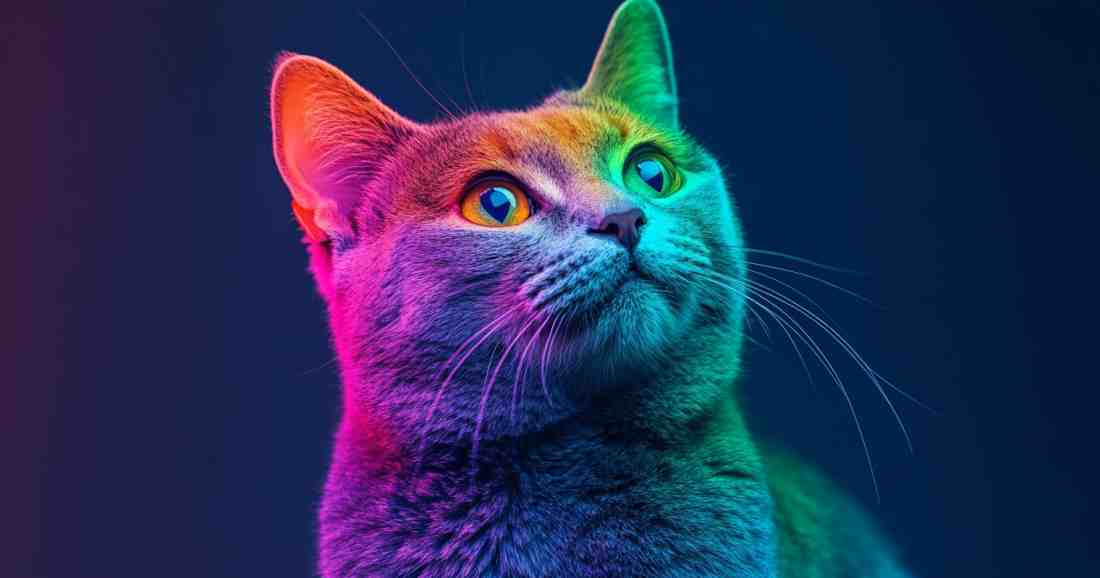
What Color Cat Are You Quiz Discover Your Feline Hue! Cats come in a stunning variety of colors, from sleek black to fiery orange and elegant silver. Each coat color is not only visually striking but is often linked to unique personality traits. Some say that orange cats are mischievous and bold, while black cats are mysterious and wise. Have you ever wondered what color cat best represents your personality? The What Color Cat Are You Quiz will reveal which feline hue matches your temperament, energy, and spirit.
While genetics determine a cat’s coat, many believe that color plays a role in their personality as well. Whether based on science or superstition, each cat color carries its own special symbolism. Some colors are linked to playful, outgoing traits, while others are associated with calm, reserved natures. If you’ve ever felt drawn to a certain cat color, it might say something about you, too!
Popular Cat Colors and Their Personality Traits
Different cat colors often align with distinct characteristics. Some of the most well-known include:
- Black Cats – Mysterious, intelligent, and independent, black cats are often seen as symbols of luck and wisdom.
- Orange Cats – Playful, adventurous, and sometimes a little mischievous, orange cats are known for their bold and affectionate nature.
- White Cats – Elegant, gentle, and sometimes a bit reserved, white cats have an air of grace and mystery.
- Gray Cats – Calm, thoughtful, and balanced, gray cats are often seen as wise and easygoing companions.
- Tabby Cats – Friendly, curious, and full of personality, tabbies are known for their playful yet affectionate nature.
- Calico Cats – Independent, strong-willed, and full of spirit, calicos often have bold personalities to match their colorful coats.
- Tortoiseshell Cats – Fiery, unpredictable, and full of energy, torties are known for their “tortitude” and unique charm.
The Science of Cat Coat Colors
A cat’s fur color is determined by genetics, specifically the presence of pigmentation genes. Orange cats, for example, carry the “O” gene linked to their signature fiery hue. Female cats are more likely to be calico or tortoiseshell due to the way color genes are inherited on the X chromosome. Some coat colors, like solid white, are associated with unique traits, such as an increased likelihood of deafness in blue-eyed white cats.
Fun Cat Color Facts
- Orange Cats Are More Likely to Be Male – Around 80% of all orange cats are male due to their genetic inheritance.
- Black Cats Can Change Color – Sun exposure can cause a black cat’s coat to fade into a brownish shade over time.
- Calicos and Torties Are Almost Always Female – Their unique tri-color patterns are linked to the X chromosome, making male calicos extremely rare.
- White Cats with Blue Eyes Often Have Hearing Issues – A genetic link between coat color and inner-ear development can lead to partial or full deafness.
- Tabby Cats Are the Most Common – The tabby pattern is a dominant genetic trait, making it one of the most widespread coat designs.
Take the What Color Cat Are You Quiz Now!
Curious to know what cat color best reflects your personality? The What Color Cat Are You Quiz will help you discover whether you’re a sleek black cat, an energetic orange tabby, or a graceful white feline. Whether you’re mysterious, playful, or calm, your results will reveal your perfect cat counterpart. Take the quiz now and find out which feline shade matches your inner self!
